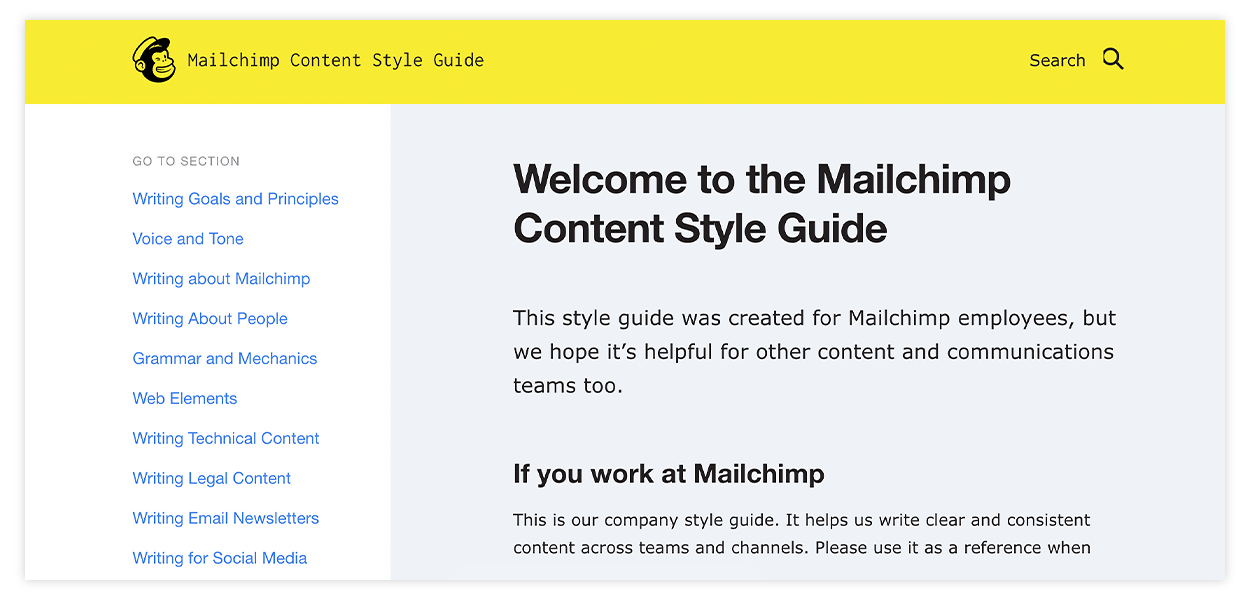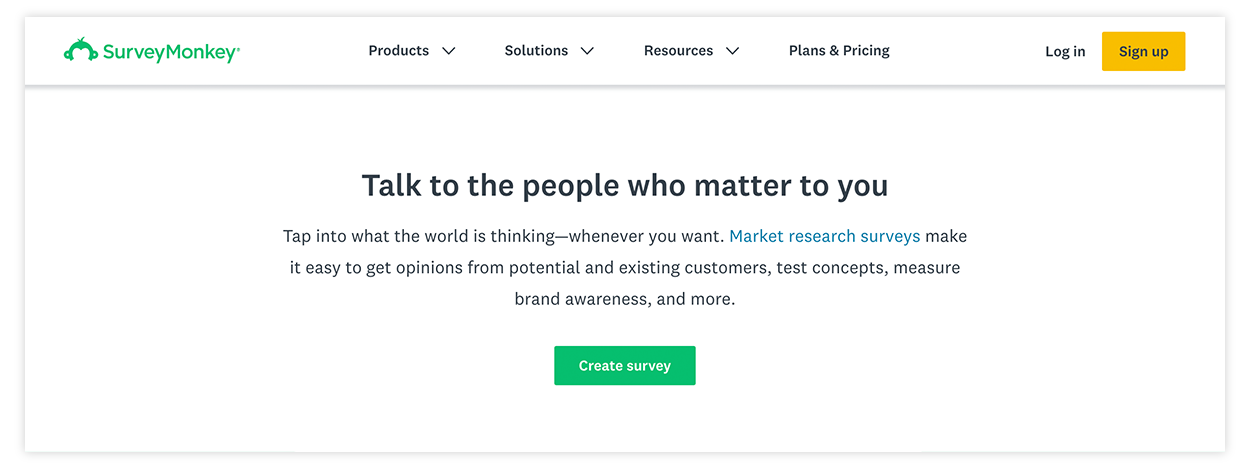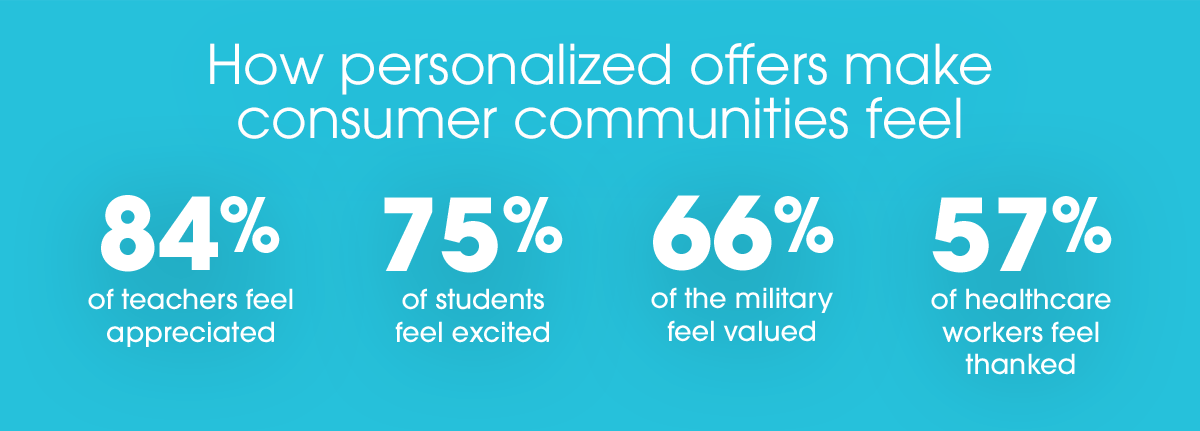How to Build Brand Loyalty
Forging this lasting, elusive relationship with your customers all comes down to one not-so-simple thing: emotional connections.
What is Brand Loyalty?
We all know brand loyalty examples when we see them—from sneakerheads obsessively following the latest Nike shoe drops to bikers driving down the highway in head-to-toe Harley Davidson. Brand loyalty is distinctive because it’s emotional.
At its core, brand loyalty is the sum of the positive perceptions and connections a consumer feels toward a brand. This loyalty drives consumers to repeatedly choose that brand’s product or service over competitors, and often actively promote “their” brand to others.
Brand loyalty is also personal. Customers value not only the product itself, but the experiences they have with a brand and how their association with the brand reflects back on their own identity.
Brand Loyalty vs Customer Loyalty
Nurturing brand loyalty is one of the ways of creating customer loyalty, but it is this emotional connection that sets brand loyalty apart.
Customer loyalty is more transactional. It measures a customer’s likelihood to do repeat business with a brand. And—unlike brand loyalty—it can be easily impacted by price and benefits.
The deeper connection of brand allegiance means that, regardless of price, your customers perceive your brand value to be higher than the competition. Brand loyalty is why Apple devotees will pay more for a sleek MacBook with less computing power than a comparable, cheaper PC.
Why is Brand Loyalty Important?
For businesses of all sizes, brand loyalty matters because it drives customer retention. Repeat customers are incredibly valuable because they:
- Spend 3x more per purchase
- Have 306% higher lifetime value when emotionally connected
- Are 9x more likely to convert
Brand loyalty is also incredibly resilient. Customers that experience brand loyalty won’t be swayed by lower-priced competitors and will more readily forgive a brand’s recalls or mistakes.
Customers who are emotionally connected to a brand have a
306% higher lifetime value.
Boosting Brand Loyalty
Brand loyalty is built over time—even the most engaging promotion or ingenious campaign won’t deliver instant loyalty. But there are a few key ways companies can begin to boost brand loyalty.
Establish Your Brand Voice and Keep it Consistent
A unique, well-defined voice and visual identity should reflect your values while giving your brand a distinct personality—which helps forge the emotional connection at the core of brand loyalty.
Think of it like this: if your brand identity is encouraging and warm, you’ll attract people who are drawn to earnest positivity. If it’s smart and snarky, you’ll resonate with people who love a good inside joke. If it’s bland and forgettable, you’ll make an impression on absolutely no one.
To be effective, your brand voice and identity need to show up consistently across every interaction—every email, every landing page, every piece of in-store signage. These tools can help:
Style guides, whether a simple static document or an interactive platform like Frontify, help every contributor from every team in your company write or speak in your brand voice. Look to the Mailchimp style guide as a standout example of a brand style guide.
Virtual writing assistants like Grammarly or the Hemingway editor can be a huge help to companies with many individuals or teams writing in the brand voice by cutting down on flowery or unpolished language. Get inspired by how HackerOne uses a virtual writing assistant to nail the nuances of their brand voice.

Understand Your Audience
Meaningful emotional connections are not one-way endeavors. The best brands understand their audience intimately, and use that understanding to deepen their bond with customers by:
- Engaging them with content they care about.
- Sharing relevant offers or promotions.
- Making personalized product recommendations.
Spotify knocks audience understanding out of the park every December with their annual year-in-review campaign, equipping users with personalized data about their listening habits—and appealing graphics just begging to be shared on social media, further strengthening the emotional ties between customer and brand.
Brand Loyalty Success: Rothy’s listened to its social media fans and drove 60% in program growth.
You don’t have to be in the streaming business to gather and leverage valuable data about your customers. In addition to listening to your customer service calls and sales calls, get started with the following tools:
Audience intelligence and social listening software like Brandwatch and Audiense can help gather and analyze data sourced from online conversations and content, giving you a peek into what your customers are talking about outside of direct interactions with your brand.
Survey software enables you to learn about customer preferences and passions through original customer research. Conduct yours with simple tools like Google Forms or more dynamic solutions like SurveyMonkey.

Regularly Engage With Customers
Since brand loyalty marketing is emotional, not transactional, engaging with your customers outside of the purchase process is essential to building an ongoing relationship. Having two-way conversations on social media strengthens your bond while driving further audience understanding.
Marketing activities beyond sales drivers, like sharing helpful or entertaining content or sponsoring contests, also help customers perceive your brand as engaging, not sales-focused. For example, Michael’s regularly shares craft tutorials and tips with their social media audience.
If you want to increase customer engagement, consider the following tools and tricks:
Customer experience software, like AskNicely or CustomerGauge, automates customer feedback surveys throughout the customer lifecycle—keeping that two-way conversation going on a regular basis.
Social platforms like Sprout Social or Hootsuite help you receive, respond to, and track customer messages on social media at scale.

Develop Personalized Campaigns
Personalized campaigns usually provide a discount or special offer based on some personal customer attribute. The discount itself is a way to get your foot in the door, but the meaningful impact on brand loyalty is making the recipients feel recognized and appreciated—creating positive, emotional experiences with your customers that last, even after a temporary promotion has passed.
Personalized campaigns can be fairly easy to launch, especially with the following tools:
Marketing automation platforms like Act-On and Marketo can help you segment and tailor campaigns based on audience demographics or data that you already have captured in your CRM.
Identity marketing solutions like SheerID (that’s us!) make it possible to target and digitally verify consumers who belong to specific groups, like nurses, the military, or college students.
Take a page from NFL Sunday Ticket, which leveraged a personalized student discount to build lifelong relationships with new subscribers.

How Identity Marketing Can Help Boost Brand Loyalty
Identity marketing is a specialized marketing tactic that ties a personalized offer to a consumer’s identity, like their profession (like nurses and teachers), life stage (such as students or seniors), or affiliation (think members of the military or even the Sierra Club).
When done right, identity marketing campaigns target consumer communities that reflect your brand values.
Take ASICS, for example. The shoe and apparel company’s mission is to promote a healthy and fulfilling lifestyle for all their customers. When the pandemic hit, ASICS wanted to support the wellbeing of healthcare workers and first responders working on the frontlines, so it ran an identity marketing campaign that gave them a generous 60% discount.
The program was a tremendous success, driving a 100% lift in conversions and generating 26,000 purchases in less than a month.
Campaigns are effective at building brand loyalty because they tap into something deeply emotional: your customer’s identity.
Collecting Zero-Party Data as a Way of Creating Customer Loyalty
With identity marketing, you digitally verify that customers belong to the community you’re targeting. Digital verification makes your campaign more personal by keeping it truly exclusive. It also gives you zero-party data to enable a better understanding of who your customers are, what they care about, and how to engage them.
Zero-party data is data that your customers give to you directly—you own it, they want you to have it, and collecting it wins trust by using a consent-based approach. (Learn all about zero-party data in our guide to building direct-to-consumer relationships.) And with a digital verification platform like SheerID, the process of gathering that personal information is easy and secure for customers and brands alike.
Once you know more details about your customers’ identity, ongoing engagement becomes more meaningful because you can celebrate the community holidays or seasons that matter most.
For instance, Michael’s offers a larger-than-usual discount to the military on Veterans Day and Memorial Day. You can also honor your consumer communities with specialized, non-sales programs, like how Tuft & Needle honors first responders through both personalized discounts and recurring donations of its mattresses to firehouses.

Measuring Behavioral Brand Loyalty
As a bonus, identity marketing enables you to drive measurable results while building long-term consumer relationships that lead to greater brand loyalty.
Companies that implement identity marketing programs see tangible results that drive high ROI and CLTV, like increases in revenue, average order value, and new customer acquisition. And research has shown that identity marketing motivates repeat purchases. More than 60% of the military community and nearly 70% of college students said identity-based offers will make them shop at a brand more often.
Leading brands can even integrate their identity marketing offers directly into existing loyalty programs, such as Target, which builds strong connections with teachers by extending a 5% educators’ discount at all times.
